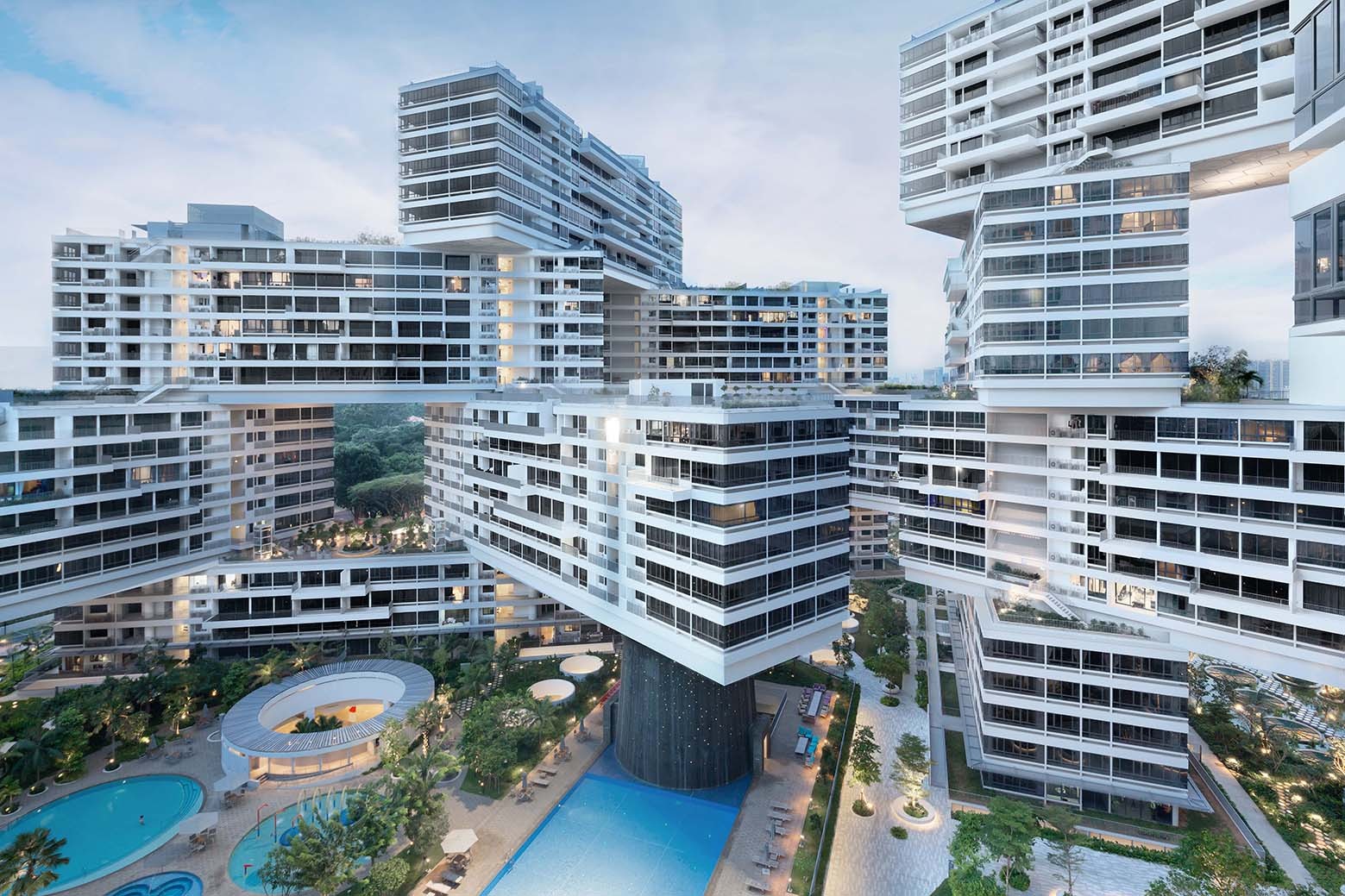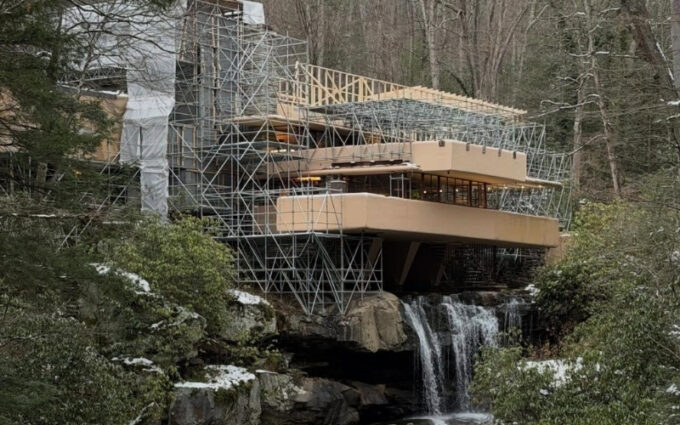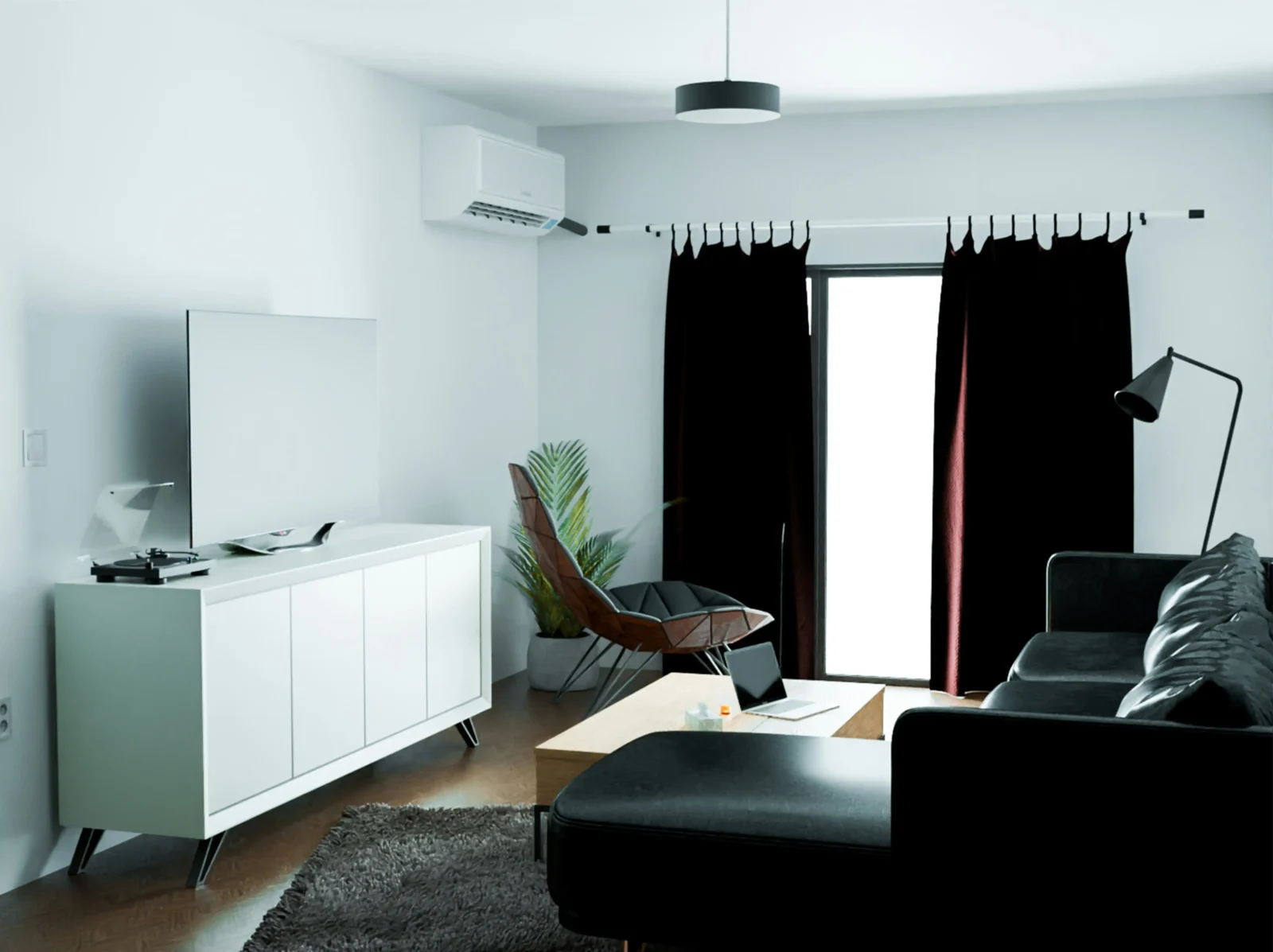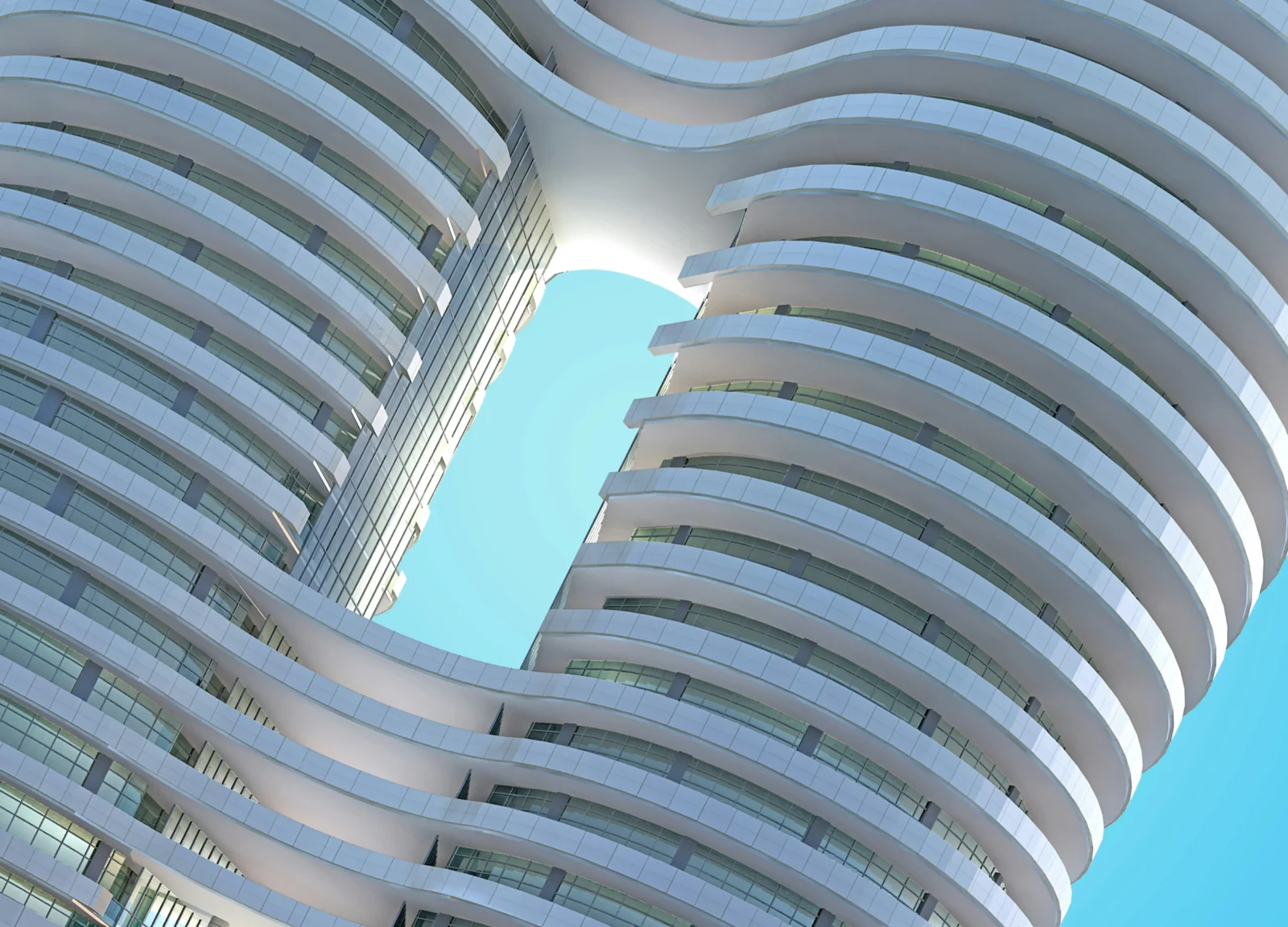- Home
- Articles
- Architectural Portfolio
- Architectral Presentation
- Inspirational Stories
- Architecture News
- Visualization
- BIM Industry
- Facade Design
- Parametric Design
- Career
- Landscape Architecture
- Construction
- Artificial Intelligence
- Sketching
- Design Softwares
- Diagrams
- Writing
- Architectural Tips
- Sustainability
- Courses
- Concept
- Technology
- History & Heritage
- Future of Architecture
- Guides & How-To
- Art & Culture
- Projects
- Interior Design
- Competitions
- Jobs
- Store
- Tools
- More
- Home
- Articles
- Architectural Portfolio
- Architectral Presentation
- Inspirational Stories
- Architecture News
- Visualization
- BIM Industry
- Facade Design
- Parametric Design
- Career
- Landscape Architecture
- Construction
- Artificial Intelligence
- Sketching
- Design Softwares
- Diagrams
- Writing
- Architectural Tips
- Sustainability
- Courses
- Concept
- Technology
- History & Heritage
- Future of Architecture
- Guides & How-To
- Art & Culture
- Projects
- Interior Design
- Competitions
- Jobs
- Store
- Tools
- More
The Evolution of Residential Design: Contemporary Trends

In our final article of “The Evolution of Residential Design” series, we embark on a journey through the contemporary era, where architectural trends and design principles continue to evolve in response to our rapidly changing world. From sustainable practices to smart homes and adaptable living spaces, this article explores the cutting-edge concepts and transformative technologies that define residential design in the present day.
Contemporary residential design embodies a holistic approach, integrating sustainability, technology, and human-centric design principles. As the world grapples with environmental challenges, architects and designers have embraced sustainable practices, incorporating energy-efficient systems, renewable materials, and innovative building techniques. Green roofs, solar panels, and rainwater harvesting systems have become increasingly common, reflecting a growing commitment to environmental stewardship.
Another defining aspect of contemporary residential design is the integration of smart technology. Homes are now equipped with interconnected systems that enhance comfort, security, and energy efficiency. From voice-activated assistants to smart thermostats and automated lighting, technology has seamlessly woven itself into the fabric of our homes, transforming the way we interact with our living spaces.
Moreover, contemporary design emphasizes adaptable living spaces that can flexibly accommodate changing needs and lifestyles. Open floor plans, multipurpose rooms, and modular furniture enable residents to tailor their environments to suit their preferences and activities. This flexibility caters to the dynamic nature of modern life, where work, leisure, and social interactions blend seamlessly.
Conclusion: As we conclude our exploration of the evolution of residential design, we find ourselves in the midst of the contemporary era, where sustainability, technology, and adaptability shape the way we live. Architects and designers are pioneering new frontiers, integrating green practices, smart technologies, and flexible spaces to create homes that are not only aesthetically pleasing but also responsive to the needs of their occupants. The story of residential design is an ongoing narrative, continually adapting to societal shifts and pushing the boundaries of innovation.
The Shard, located in London, United Kingdom, is a renowned contemporary residential building designed by Italian architect Renzo Piano. While primarily a mixed-use skyscraper, it also features luxury residential apartments. The building is characterized by its distinctive glass-clad pyramid shape, providing panoramic views of the city and showcasing Piano’s innovative use of materials and sustainable design principles.

8 Spruce Street, also known as New York by Gehry, is a residential skyscraper situated in New York City, USA. Designed by Canadian-American architect Frank Gehry, the building stands out with its undulating stainless steel facade. It exemplifies Gehry’s unique style and his commitment to sculptural forms, creating a striking landmark in the city’s skyline.

Bosco Verticale, located in Milan, Italy, is an innovative residential complex designed by Italian architect Stefano Boeri. It is a pair of high-rise towers that are covered with a multitude of trees and plants, creating a vertical forest. The project demonstrates Boeri’s vision of urban reforestation and sustainable architecture, integrating nature into the urban fabric.

The Interlace, situated in Singapore, is a residential development designed by German architect Ole Scheeren. The complex features a distinctive, interconnected arrangement of apartment blocks that form a series of hexagonal courtyards and sky gardens. This unique design creates a sense of community and promotes social interaction among residents, reflecting Scheeren’s innovative approach to urban living.

These examples represent the diverse range of contemporary residential architecture and the visionary architects who have pushed the boundaries of design. Their innovative approaches to sustainability, urban living, and the integration of nature continue to shape the way we envision and experience residential spaces today.
Richard Meier, an American architect, is known for his sleek and minimalist designs. He has played a significant role in shaping contemporary residential architecture. Meier’s work often features clean lines, white facades, and an emphasis on natural light. His designs embrace openness and transparency, blurring the boundaries between indoor and outdoor spaces. Meier’s innovative approach has influenced countless architects and redefined the concept of modern luxury living.

In recent years, Bjarke Ingels, is known for his inventive and sustainable designs. Ingels embraces a holistic approach that merges architecture, urbanism, and environmental consciousness. His designs often feature playful and unexpected elements, combining functionality with a sense of joy and community. Ingels has reimagined residential living through his innovative use of form, sustainable strategies, and social connectivity.

Submit your architectural projects
Follow these steps for submission your project. Submission FormLatest Posts
Best LED Shop Lights 2026: Brightest Options for Garage & Workshop
In 2026, LED shop lights have become essential for creating safe, efficient,...
Coloring Your Year: Using Traditional Lunar New Year Hues to Transform Your Apartment Décor
Lunar New Year always brings a burst of color and energy, making...
Chandelier Light vs Ceiling Lights: Which Decorative Lighting Works Best for UAE Homes in Winter?
Winter in the UAE doesn’t arrive loudly. It doesn’t announce itself with...
Marketing for Architects: How Firms Are Getting More Clients Without Chasing Leads
Architectural marketing has changed in important ways. Referrals and reputation still matter,...












Leave a comment